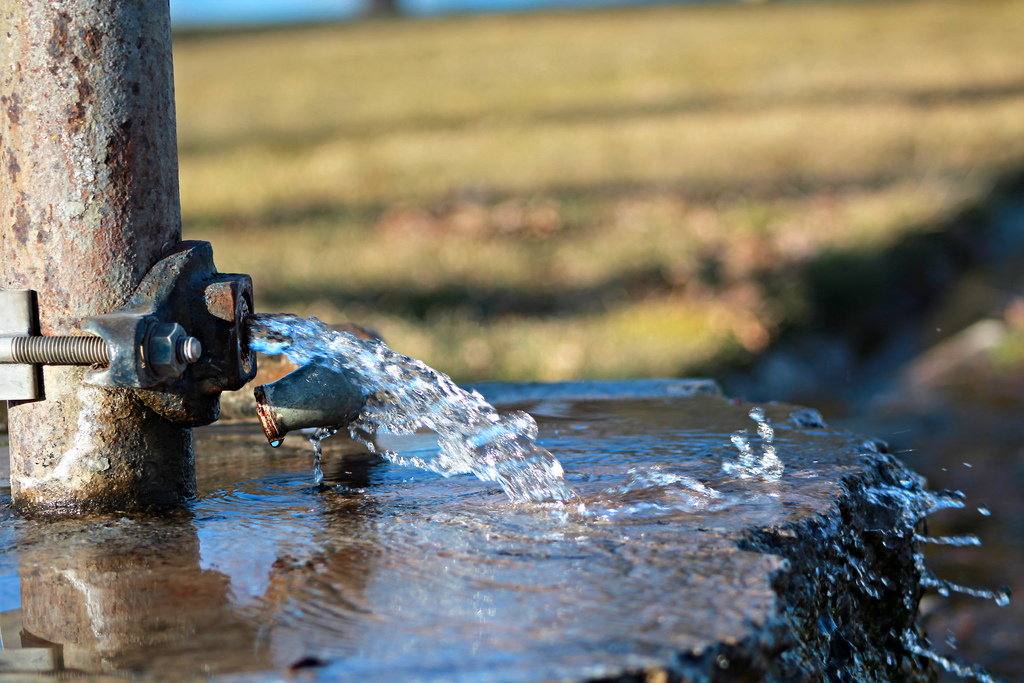Must Follow Water Removal and Damage Restoration Practices
Image via Google
The effects of property damage caused by floodwater, leakage, heavy rainfall, groundwater issues, pipe burst, or sewer line problems are instant and can be long-lasting if immediate water damage restoration practices are not applied.
The causes of flood damage are unfathomable, which can attack any home, in any climate, and at any altitude. Water removal, water damage restoration, remediation, and safety are not easy.
It requires technique and experience, along with skill. And that’s why, calling an IICRC WRT qualified damage restoration team is the best solution to lessen and any damage caused to the walls, furnishing, and appliances, and mitigate any further risks, such as contamination and mold growth.
American National Standards Institute (ANSI) has outlined the best practices of water damage, restoration, remediation, and safety. They administer the International Cleaning and Restoration Certification (IICRC) accreditation.
The IICRC document summaries the safe and ethical water damage restoration principles, including the founding steps restoration companies, should take and the references behind the sources.
Although the document is not a detailed procedure for water damage restoration, it does highlight the principles based on which companies should act out.
Types of Water
The flood water is divided into three categories, namely:
Category 1: Safe water, such as rainwater, fresh water, or sprinkler systems.
Category 2: Gray water (high microorganism level) that can get someone sick if they consume, inhale, or touch it.
Category 3: Severely contaminated water, consisting of toxins and pathogens, which is deadly, such as raw sewage and water that contains pesticides, chemicals, heavy metals, and deadly pathogens.
If damage control and restoration are not implemented on time, categories 1 and 2 can turn into category 3. Stagnant waters are primary victim, as they are the ideal place for microorganisms to breed.
Classification of Damage Saturation Level
Class 1: Low saturation level where water is not exposed to porous materials. Ideal sources include water leaks through tiles and concretes.
Class 2: Porous surfaces are affected; water is absorbed in materials, such as wood floors and gypsum board surfaces.
Class 3: Significant amount of water affects the porous material, such as when buildings are soaked throughout, carpets are drenched, and the underground level is flooded. This saturation class needs the maximum amount of evaporation.
Class 4: Areas where water is almost impossible to remove such as enclosed places, sewage absorbed into wooden floors or building walls, or any material diluted.
Before the repair work begins, the damage restoration company must classify the type and saturation level of water damage, so that the right equipment and methods are used.
Measures Taken and Equipment Used
Time is crucial in restoration and remediation. A wide range of equipment can be used to dry out the water-clogged area quickly. Each one fulfills a different purpose.
– Air Movers: These are small drying machines that blow air quickly.
– Air Scrubbers: These are used to clean the air to remove odors and particles, such as mold and mildew smells. They are extremely handy during fire damage restoration. They come in two variations, wet and dry. Dry ones can also work as air purifiers.
– Dehumidifiers: These get rid of moisture from the air, which, if not removed, can promote mold growth. There are larger units, also known as Low Grain Refrigerant Models.
Health and Safety Guidelines by OHSA (Moisture Damage Restoration)
The Occupational Health and Safety Association (OHSA) has laid down very clear guidelines for safety precautions, which the water damage company must adhere to while performing duties.
Some rules mentioned are:
– Electric supply must be cut down.
– Wearing protective gears, like boots, masks, and gloves to avoid contaminated water.
– Proper and effective sewage water treatment. Placing contaminated water and materials
in approved containers for removal.
Workers of water damage restoration team must attend IICRC WRT training classes to properly train and educate as per OHSA rules and regulations. Call a certified and well-educated team of water damage restoration for comprehensive treatment.
